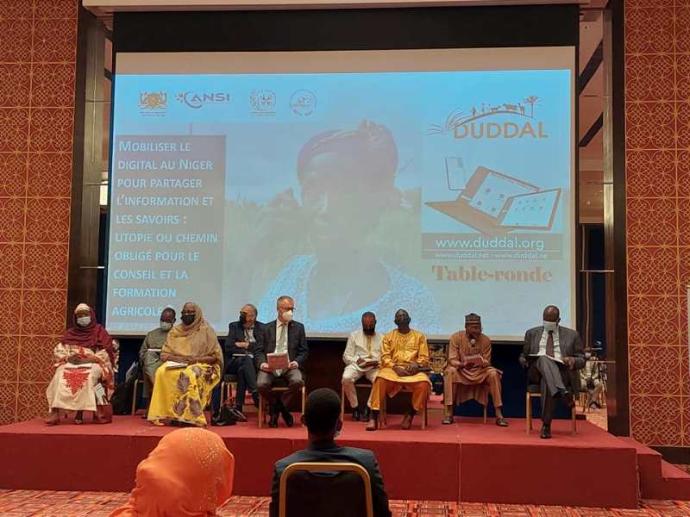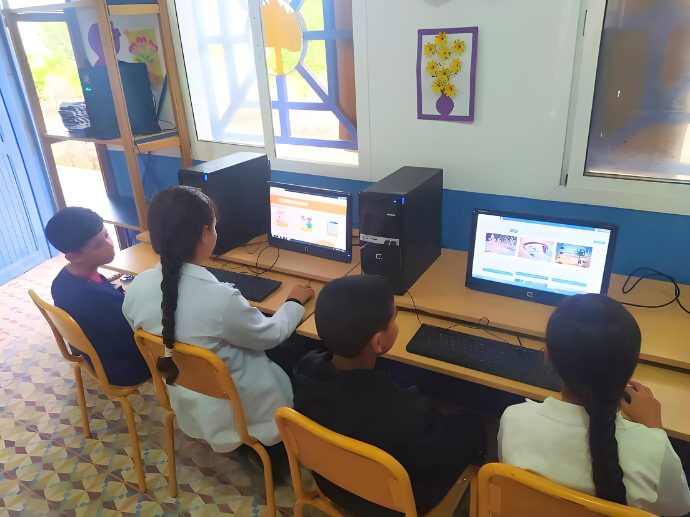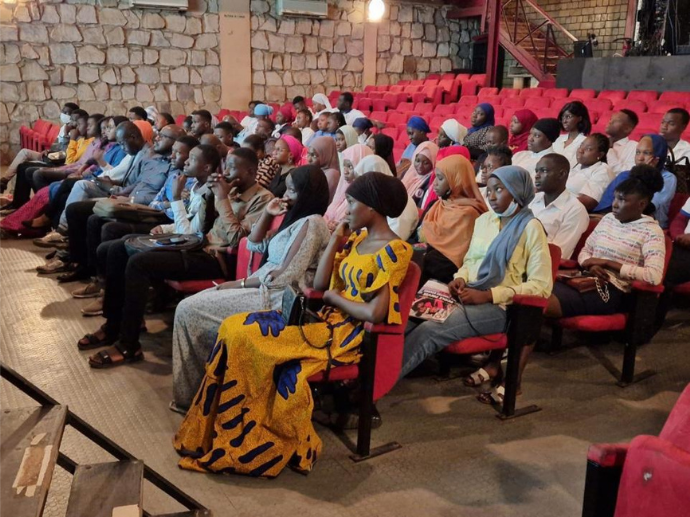A digital divide that's still very much entrenched
En Afrique, l’écart entre les zones urbaines et rurales en matière de connectivité ne cesse de creuser des inégalités profondesbetween urban and rural areas continues to widen. While major cities benefit from steady investments in digital infrastructures, rural areas remain largely on the sidelines of this transformation. This disparity is reflected in the figures: in 2023, rural residents were 29% less likely to use the mobile Internet than city residents, according to the GSMA Mobile Connectivity Report.
This discrepancy is not only limited to network coverage. It also involves limited access to equipment (such as smartphones or computers), a less-developed supply of digital services, and frequently deficient energy infrastructures that make connectivity difficult, if not impossible.
Access costs that put rural areas at a disadvantage
One of the biggest obstacles is the price of connectivity. In the city, offers are more diverse, suppliers more numerous and prices often more competitive. In rural areas, however, where there is little competition, costs remain high. TheAlliance for Affordable Internet (A4AI) reports that in 2023, in several African countries, the price of 1 GB of mobile data still exceeded 2% of the average monthly income, a threshold considered the maximum admissible to guarantee equitable Internet access.
This additional cost makes regular Internet usage difficult for many rural families, and creates a vicious circle: fewer users means less investment in infrastructures, which maintains exclusion.
A concrete impact on education and employment
The lack of connectivity in rural areas is not just a technical constraint: it has a direct repercussion on the future of millions of people. In education, for example, the gap is striking. In West and Central Africa, only 5 % of children have access to the Internet at home, as compared to a global average of 33%. This lack of access limits e-learning opportunities, deprives teachers of digital resources, and widens the gap between urban and rural pupils.
On the economic front, the digital divide is also holding back the development of local businesses. Agriculture, a key sector in rural areas, could greatly benefit from digital technologies, with access to information on market prices, weather conditions and technical training. But in the absence of reliable web access, these opportunities remain out of reach. The FAO believes that digital tools could significantly boost agricultural productivity, but that their deployment remains marginal due to the lack of infrastructure in remote areas.
Are we heading towards a bridging of the gap?
Local and continental initiatives exist to bridge this gap.The African Union, through its Agenda 2063, aims to make Internet access more equitable by developing inclusive and sustainable digital infrastructures, including in rural areas. But results remain slow, and require a stronger commitment from States, technology businesses and international partners.
Conclusion
In a nutshell, the connectivity gap between urban and rural areas is not just a question of network coverage. It reflects a series of economic, social and educational inequalities, which are holding back the development of millions of Africans living outside urban cores. Bridging this gap will not just be a technological breakthrough, but a pivotal factor in the continent's inclusive, sustainable and equitable growth.
 Duddal
Duddal SOS Village d'Enfants Niger
SOS Village d'Enfants Niger



Why are people who live in rural areas less connected?